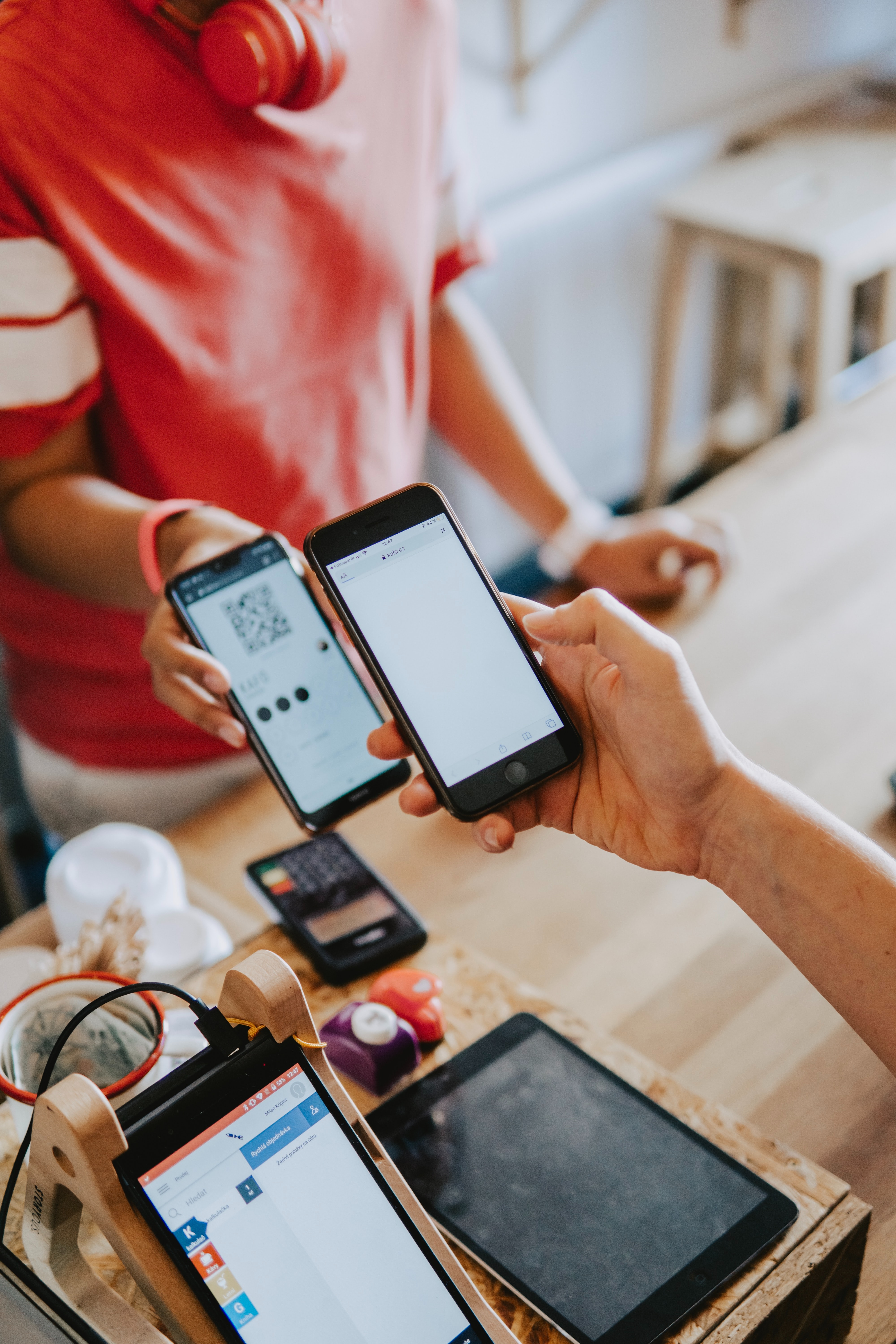
With 73% of consumers now shopping both online and in-store, retailers are on the move to adapt. Enter the omnichannel approach: an integrated shopping experience that allows customers to shop however they like, whether they buy in-store, online, or both simultaneously. The media strategy has brought new possibilities to clienteling by changing the way people shop and how businesses interact with them.
Simply put, omnichannel marketing is improving relationships with customers dramatically, and here’s how:
#1. It brings customers back to you

Over the past five years, foot traffic to brick-and-mortar stores has declined, yet the value spent on each visit has nearly tripled.
Why? Google estimates omnichannel is to blame.
Shoppers are increasingly researching products, ideas, and availability online before heading over to their local store, but it doesn’t stop there—82% of smartphone users say they consult their phones on potential purchases while they browse in-store as well. According to the Harvard Business Review, this studying pays off: shoppers who conducted prior research on retailers’ sites spent 13% more in-store than those who did not.
Providing an omnichannel shopping experience not only adapts retailers to modern purchasing behavior, it also builds customer loyalty. Offering online shopper incentives such as in-store only coupons and free shipping on their orders if sent to their local store gives them options for how to proceed with their purchase and makes the brand more accessible to them.
Digital channels that feature live chat messaging applications with retail associates can especially be used to inspire customers to visit local retailers and experience their customer service first-hand. More importantly, retailers can use this virtual interface to engage with their customers online with the same level of service that they would otherwise have in store.
#2. It puts the customer first

Omnichannel considers the customer experience from their perspective, and in that, convenience is key. Customers now expect brands to be relevant, accessible, and easy to navigate no matter what or how many channels they use. In fact, according to Google, 60 percent of online customers begin shopping on one device and continue on another.
With an omnichannel interface, interactions both online and offline allow shoppers to identify themselves, access their personal shopping history and preferences, and pick up their shopping journey from wherever they left off—whether they continue shopping online or in-store. This cross-platform access gives the buyer total control over their shopping process and ensures that their experience is seamless from start to finish.
By recognizing the value of personalization, the omnichannel approach allows customers to build a relationship with brands at their own pace—anytime, anywhere—and that reliability shapes clienteling.
#3. Data is now a give-and-take

When customers take advantage of the user data saved by omnichannel interfaces, they provide retailers with their own data—behavioral data, such as when they visit the site or store, what products they’ve viewed, and which shopping channels they’ve used. Even clickable products can send in clienteling if monitored by the right omnichannel application. Predictive analytical tools can then use this data to determine which customers are more likely to use discounts, free shipping, or other offers, and then make those deals available to them.
This omnichannel marketing approach makes clienteling easier than ever; it stiffs full-blast email ads by opting for a more successful one-on-one approach that promotes specific offers based on individual shoppers’ needs. Bottom line: This data provided by customers is invaluable for retailers seeking to build a long-term relationship with their clientele.

Does your retail business have an omnichannel platform yet? Getting started now will help adapt your clienteling for the modern world. Check out Think with Google or Salesfloor for apps, articles, and tools to set up your own omnichannel experience.


